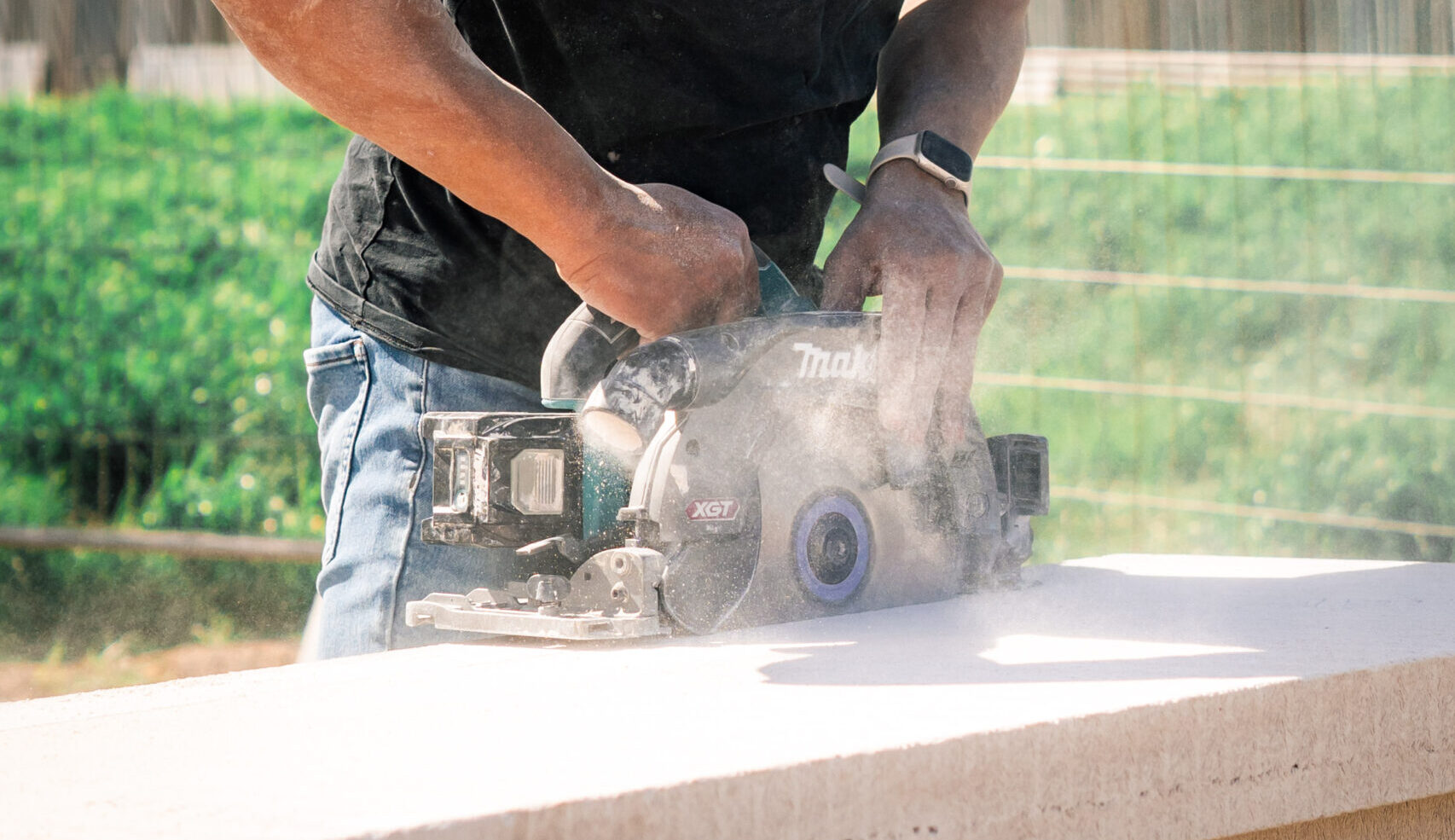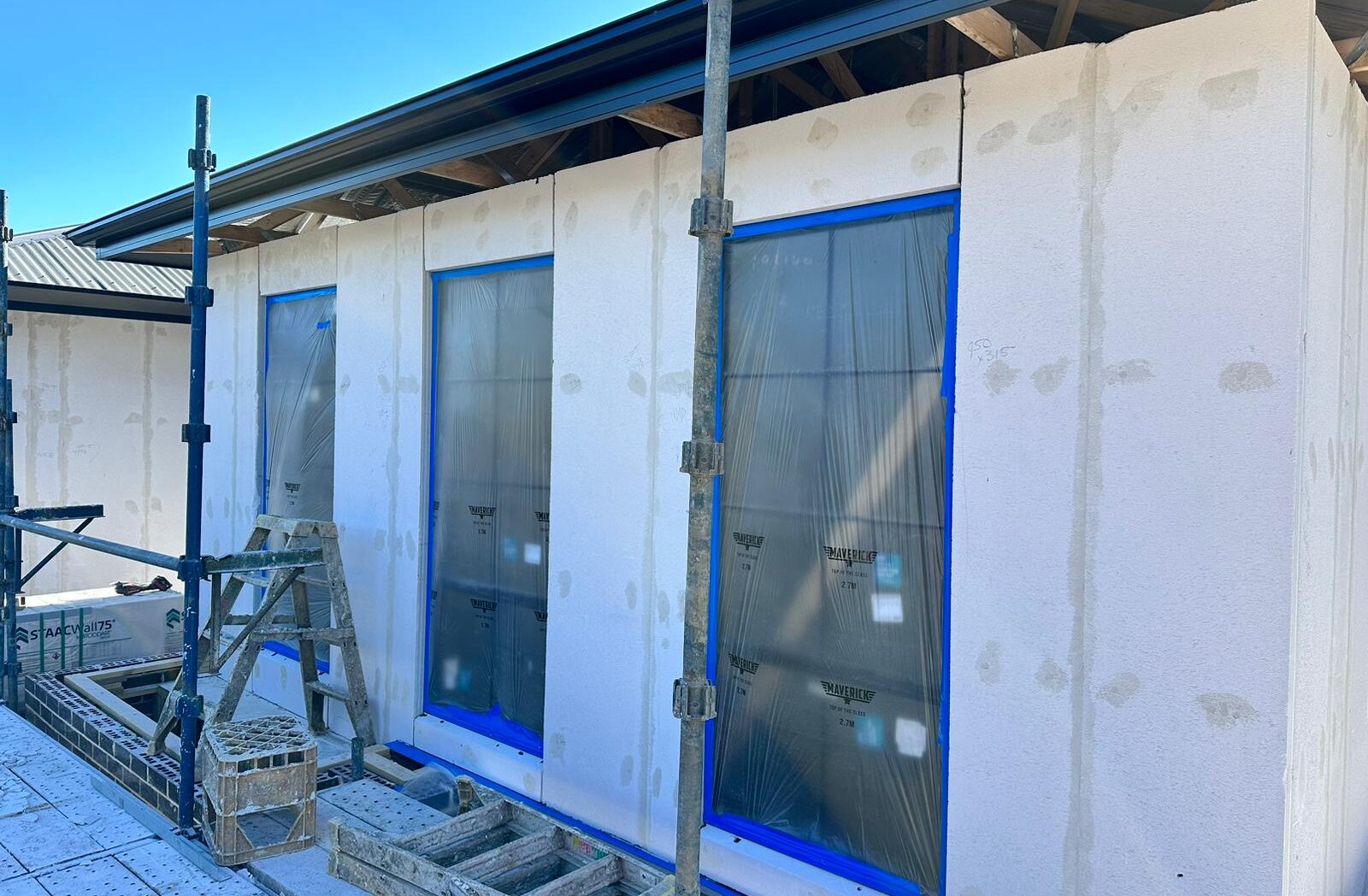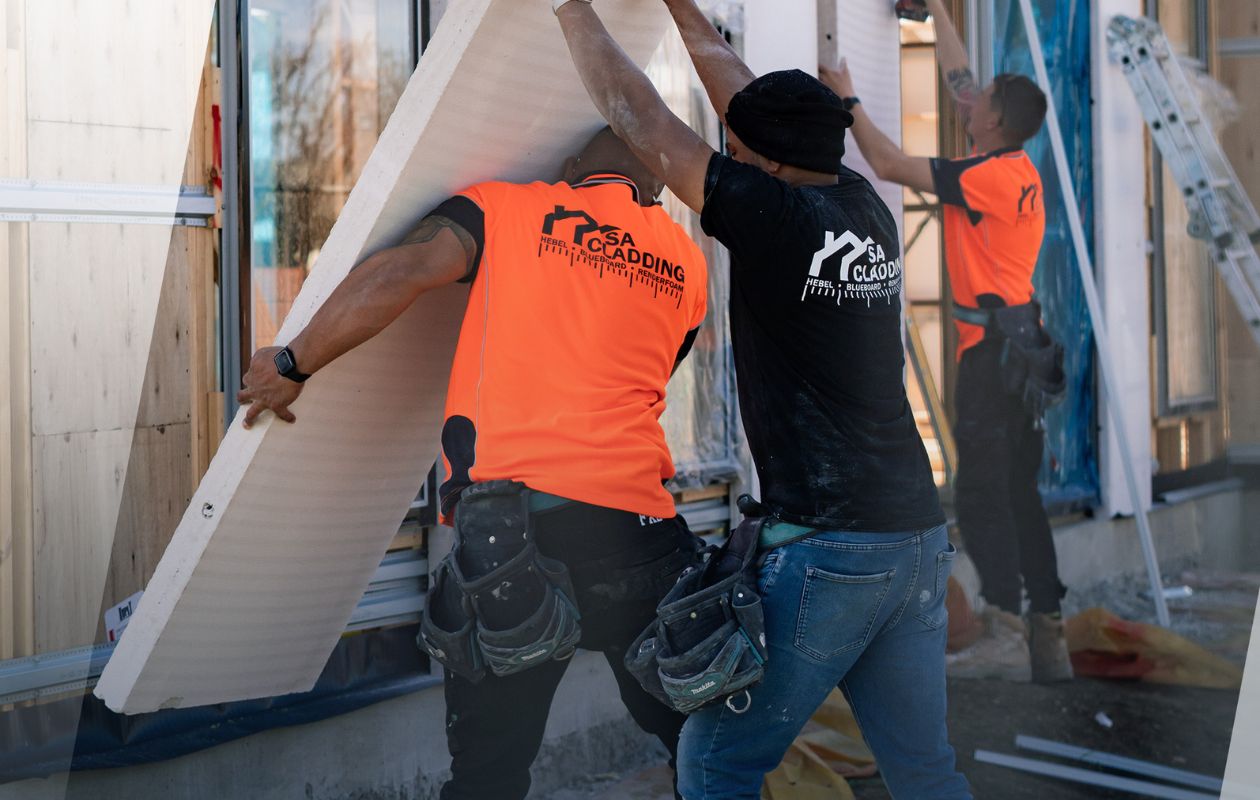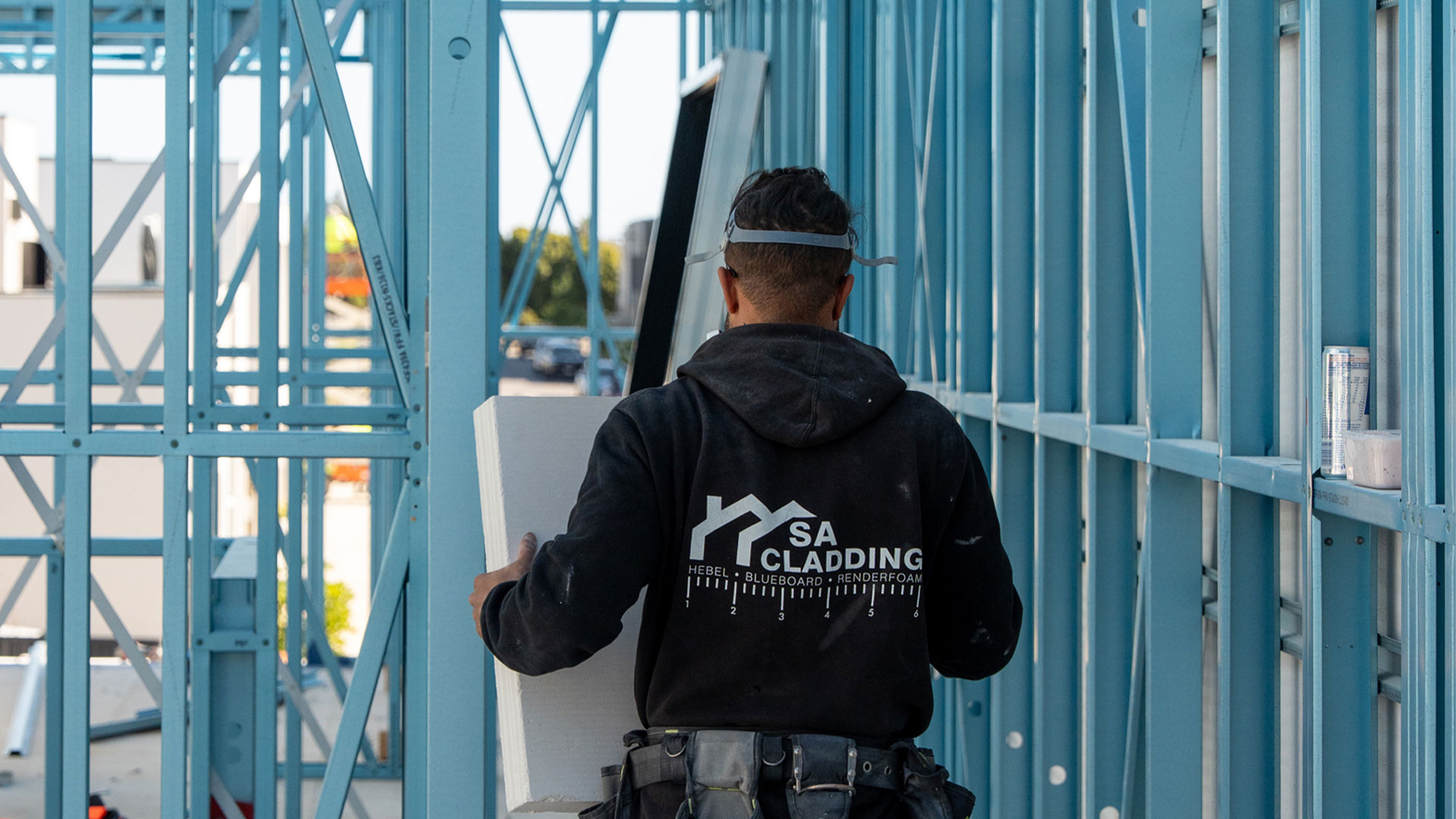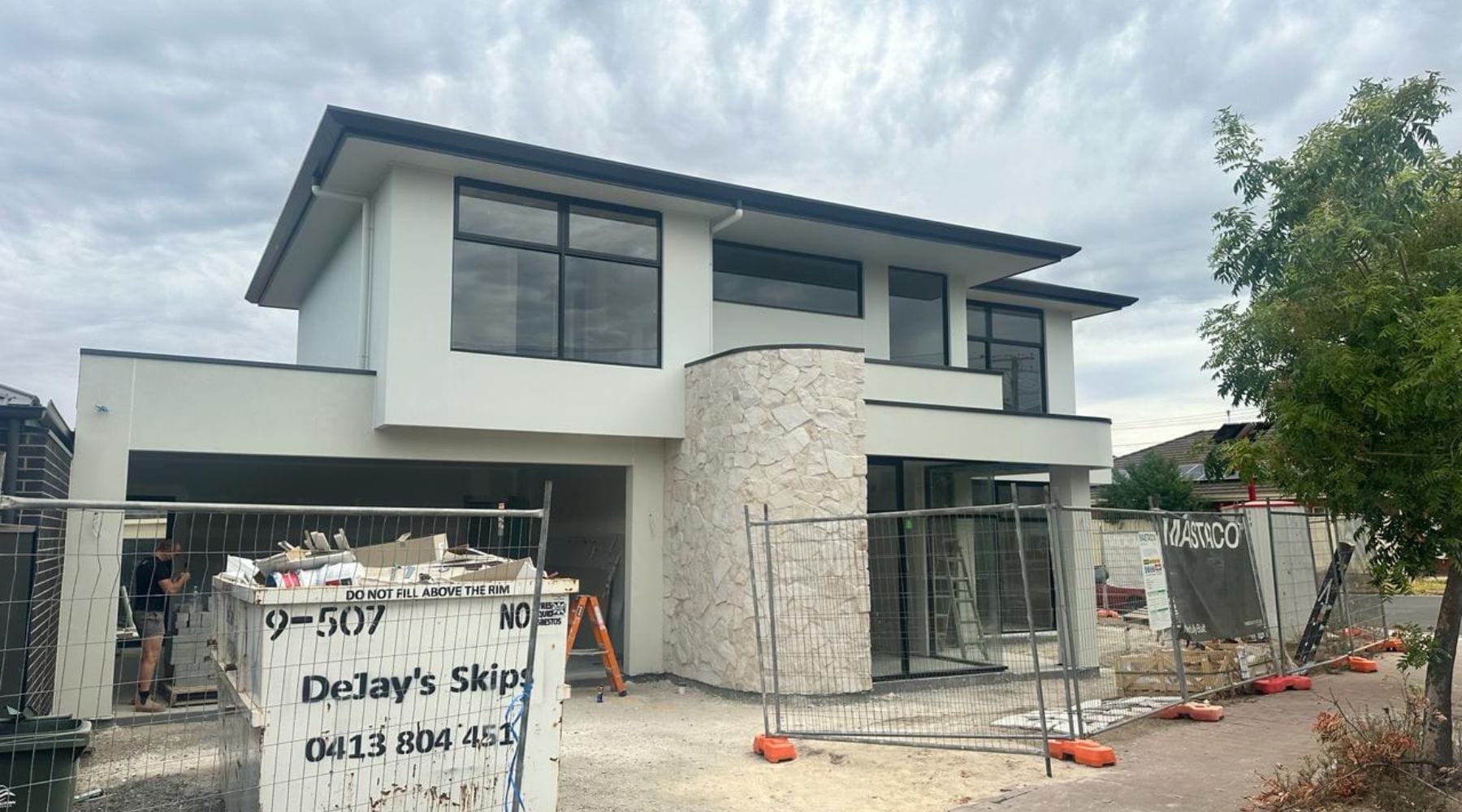When it comes to modern construction, the facade of a building is not just about aesthetics; it’s a statement of the structure’s identity. Hebel cladding has emerged as a leading choice for homeowners and architects aiming to achieve a stunning rendered facade that stands out in urban landscapes in Adelaide. Known for its strength, versatility, and insulation properties, Hebel—a brand of Autoclaved Aerated Concrete (AAC)—is revolutionizing the way we think about building exteriors.
Rendered facades using Hebel are becoming a hallmark of contemporary architecture in Hebel Cladding Adelaide and beyond. The smooth, sleek finish that rendering provides has a transformative effect on buildings, imparting a clean and modern look that can be tailored to any design preference. This blog aims to guide you through the journey of achieving such a facade, from understanding the material to the final touches that make your building’s exterior both durable and visually appealing.
Understanding Hebel Cladding
Hebel Cladding Adelaide is a form of lightweight AAC that offers superior performance in terms of thermal insulation, fire resistance, and acoustic control. Hebel’s cellular structure combines sand, cement, lime, gypsum, and water, creating a strong, lightweight, and workable material.
The benefits of Hebel are manifold. It’s not only about the ease of installation but also about its environmental credentials. Hebel is a sustainable choice, with excellent thermal properties that reduce the need for additional insulation. Hebel cladding improves energy efficiency, reducing heating and cooling costs and environmental impact.
Design Possibilities with Hebel Cladding
Hebel’s adaptability in design is one of its most compelling attributes. Hebel offers versatility for any architectural style, allowing custom shapes, textures, and colors for design flexibility.
To illustrate, consider the versatility Hebel brings to the table. Hebel cladding adapts to various designs, mimicking stone or sculpting into intricate patterns, offering versatile options for any project.
The Process of Rendering Hebel Cladding
Rendering Hebel cladding is a straightforward process that, when done correctly, yields a beautiful and resilient exterior. The key to a successful render lies in proper preparation. Ensure a clean, stable, primed surface for durable render adherence.
The rendering process begins with an application of a base coat, which serves as the groundwork for the final finish. Apply mesh reinforcement to Hebel cladding to prevent cracks, then add a textured or colored topcoat; step-by-step guidance is key.
Maintenance and Longevity
Maintaining a rendered Hebel facade is surprisingly simple. The material’s durability means it resists common issues like cracking and fading. However, regular inspections and cleanings will keep it looking fresh and can prevent minor issues from becoming major repairs.
Cost Considerations
WHebel cladding’s higher initial cost is offset by long-term savings. Its durability and insulation properties can lead to significant savings on energy bills and maintenance costs. Planning your budget for a Hebel cladding project should include considerations for both immediate and future financial benefits.
Conclusion
A rendered Hebel facade is more than just a design choice; it’s a long-term investment in your property’s value and environmental footprint. With the information provided in this blog, you’re well-equipped to make an informed decision about using Hebel cladding for your next project.
Call to Action
If you’re considering Hebel cladding for your home or commercial building, or if you simply want to learn more about this versatile material, reach out to the experts at SA Cladding. Our team is ready to bring your vision to life with tailored solutions that meet Adelaide’s unique architectural needs. Contact us today to start your journey toward a stunning, energy-efficient facade.
